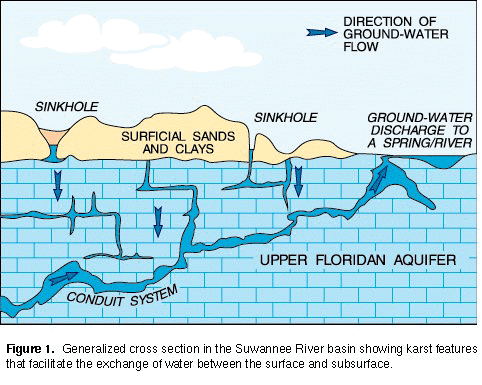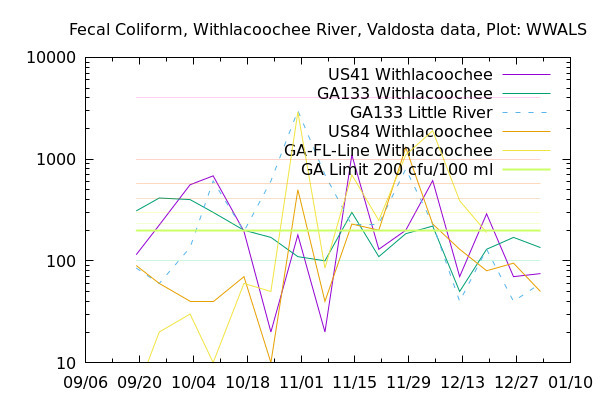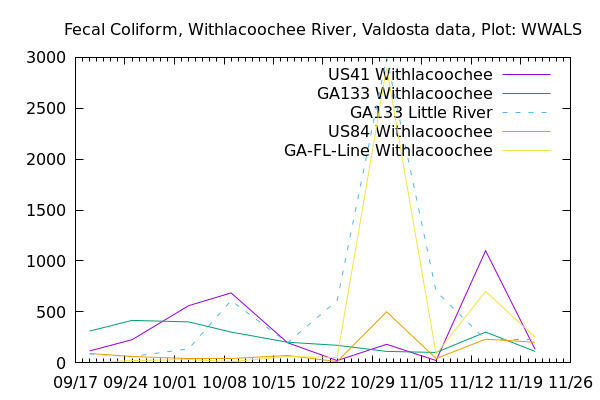The new water rule EPA plans to propose may be much more
about all our drinking water underground in Florida and south Georgia than about anybody’s private pond.
Stacey H. Mitchell, David H. Quigley and Bryan Williamson,
Akin Gump Strauss Hauer & Feld LLP,
11 December 2018,
United States: Dipping Its Toe In The Groundwater? Supreme Court Eyes Expedited Review For Clean Water Act Case,
Specifically, the Court aims to address a circuit split among the
4th, 5th and 9th Circuits in determining whether only direct
discharges to “navigable waters” (rivers, lakes and
other surface waters, for example) are covered or whether
groundwater that is “hydrologically connected to surface
water” is subject to Clean Water Act (CWA) pollution discharge
requirements.2 Groundwater—that is, water held beneath the
soil or in between rock structures—does not fall under CWA
jurisdiction. Nevertheless, the U.S. Environmental Protection Agency
(EPA), for many years, maintained that pollutants that flow with a
direct and immediate hydrologic connection through groundwater into
surface waters are properly regulated under the CWA.3
Environmentalists agree with EPA’s long-standing position, while
many in industry say that the agency is reaching beyond its scope.
Surface water interchanges with groundwater all the time here in the
southeast coastal plain, where we all drink with straws from the groundwater.

Figure from same USGS study as below.
This SCOTUS case appears to be related to
the forthcoming EPA rule change proposal
that has been all over the news lately.
More from the same article:
Continue reading →










